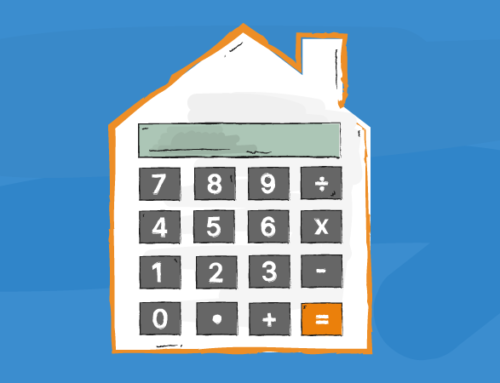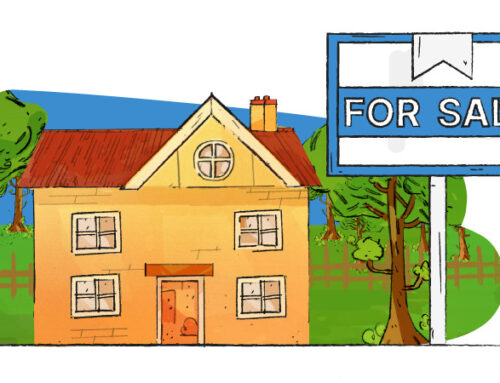
Whether you are about to move into a rented home for the first time or you’ve been a tenant for years, there’s bound to be certain hacks you’ve yet to come across that will make your life easier.
It’s a new year AND a new decade, so we feel now is a good time to round up and summarise our top tips for new and existing tenants.
Before moving in
1. Check public transport options and prices
When looking to move to a new area, consider your travel options. Having a stress-free journey to work can mean a lot, as well as being able to travel at any time of day.
The cost of a season ticket can vary as well, so if there’s not much of a difference in rent prices in the areas you are looking at, then cheaper travel might help you make a decision.
2. Compare local properties
Research how much space and how many rooms you get for the price per month you’ll be paying, compared to other properties in the area. The same goes for included appliances. You may find yourself happy to spend a bit more for an extra room or even find a cheaper deal for exactly what you want.
3. Recycle and save when packing
Once you are ready to move, instead of purchasing packing boxes, ask around your local area. Look for selling groups on Facebook – you never know who may have recently moved in and no longer needs their boxes.
4. Check your landlord has given you all the required documents
When you first move in, your landlord must provide you with:
- The Government’s How to Rent guide
- A gas safety certificate
- Deposit protection paperwork
- The Energy Performance Certificate (EPC) for the property
Your landlord should also provide you with:
- A record of all property electrical inspections (the Government recommends appliances are checked every 5 years)
- Proof that smoke alarms and carbon monoxide alarms are in working order (also remember to regularly check them yourself!)
5. Take photos of the house before moving in
Before moving anything into your new home, go around the property and take photos of each room. If it is a furnished let, take photos of these items too. If during a periodic or end of tenancy inspection there is a dispute over a missing item or damage to the property, you have evidence.
During your tenancy
6. Making rent payments on time
The easiest way to make this task hassle-free is to set up a Direct Debit payment direct to your landlord. This way, even if you forget, your bank has you covered!
If you would rather make the payment yourself, set a reminder on your phone or computer to go off near each due date. Having it go off a few days before, the day before and then on the day will help to give you notice and make sure you’ve factored it in with any other bills being paid around that time.
7. Read the tenancy agreement thoroughly before signing
This document will list terms and conditions of your tenancy, such as who is responsible for garden maintenance and when inspections of the house will take place. Make sure that you are happy with this agreement and definitely ask for clarification on anything you’re not sure about.
8. Make a note of any arranged inspections
If your landlord gets in touch to arrange a periodic inspection, you don’t want to waste their time by forgetting and not being ready. Like we mentioned with rent payments, setting a reminder on your computer/phone will help to give you a nudge. Of course, a paper calendar is also an option, but that relies on you remembering to check it regularly!
9. Keep all correspondences with your landlord or letting agent
Ideally, all correspondences between your landlord and letting agent will be via email, as this makes it easier to go back and search for specific information. Try creating a separate folder in your email account, to make things even more organised for quick reference.
When moving out
10. Decide what to do with furniture
You may be moving to a furnished let or want different sized and styled items to suit your new home. You may as well see if your old landlord wants to purchase anything to keep in the property. Another option is to check out those local selling groups on Facebook yet again. You may just be selling exactly what someone else needs!
Disclaimer: The opinions and views expressed in the above article are those of the author only and are for guidance purposes only. The author disclaims any liability for reliance upon those opinions and would encourage readers to rely upon more than one source before making a decision based on the information.




